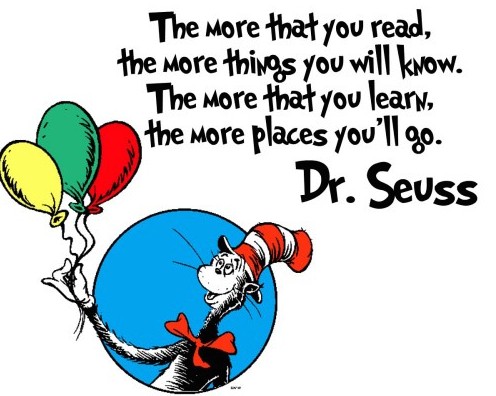This month I have been reading about literature in the digital environment and it has got me rather motivated about some possibilities I have not explored before. I had some very excited “ah-ha” moments of a new direction our library can take in searching for and curating digital resources for our staff and students. Whilst our school campus is closed due to COVID-19 my team have been using it as an opportunity to promote many of the digital resources that we subscribe to including fiction (BorrowBox, Tumblebooks and EPIC!) and non-fiction (Pebble Go, Britannica and Press Reader, as well as a number of databases for the Senior school students). This has gone really well with statistics for all of our digital resources increasing. I wrote more about my findings with digital books in this post and the argument about print v’s digital rages on. We had Wheelers eBooks for two years and changed to BorrowBox one year ago because we wanted to have excellent audiobooks as well. The audiobooks have been popular and are a great resource for reluctant readers and students with additional learning needs. We need to do a lot of advocacy to ensure they are used but this results in increased use. However, it is the digital resources that go beyond just an eBook or audiobook which are my new discoveries and will research more in the months to come.
O’Connell, Bales & Mitchell (2015) describe enhanced eBooks which include;
- Interactive storybooks which have a linear story structure and have features such as oral reading, videos and possibly games and related activities.
- Hypertext and interactive eBooks which can be fiction or nonfiction and may include images, maps, audio and video elements and links to related websites. This eliterature collection includes some examples.
- Transmedia books which are non linear stories that encourage active participation through connected resources. One incredible book which uses augmented reality is Between Two Worlds.
Yokota &Teal (2014) discuss this recent trend of digital stories having the capability to be interactive story telling experiences that are film-like creations. All of these resources can use sound, images and animation to enhance a story and these elements bring an added atmospheric element than a traditional book format. I feel like I have just discovered the tip of the iceberg and know that weeding through to find the quality resources will take time. In my library our OPAC is Destiny and Destiny Discover has the capability to create collections of suggested resource lists. My goal now is to add some quality examples into our collections and then promote them to our patrons.
As well as the two examples I have linked above I will round up with a few good examples of resources that I have found and will add more as I discover them. Many of these resources are for older students.
- 10 Mind Blowing Interactive Stories that Will Change the way You See the World. On this list The Boat is particularly extraordinary!
- Dust Echoes by ABC Education
- The National Film Board of Canada has some excellent examples including I was a Child of Holocaust Survivors
- Free app from the ABC on Gallipoli
- The Land of the Magic Flute
References
Adam Savage’s Tested. (2016, October 26). Between worlds: Augmented reality in storytelling [Video file]. Retrieved from https://youtu.be/YO1E7DBuqtc
O’Connell, J., Bales, J., & Mitchell, P. (2015). [R]Evolution in reading cultures: 2020 vision for school libraries. The Australian Library Journal, 64(3), 194-208. doi: 10.1080/00049670.2015.1048043
SBS Online. (2015, April 29). The Boat [Video file]. Retrieved from http://www.sbs.com.au/theboat/
Yokota, J, & Teal, W.H. (2014). Picture books and the digital world; educators making informed choices (67). Retrieved from The Inside Track website: https://ila-onlinelibrary-wiley-com.ezproxy.csu.edu.au/doi/full/10.1002/trtr.1262

